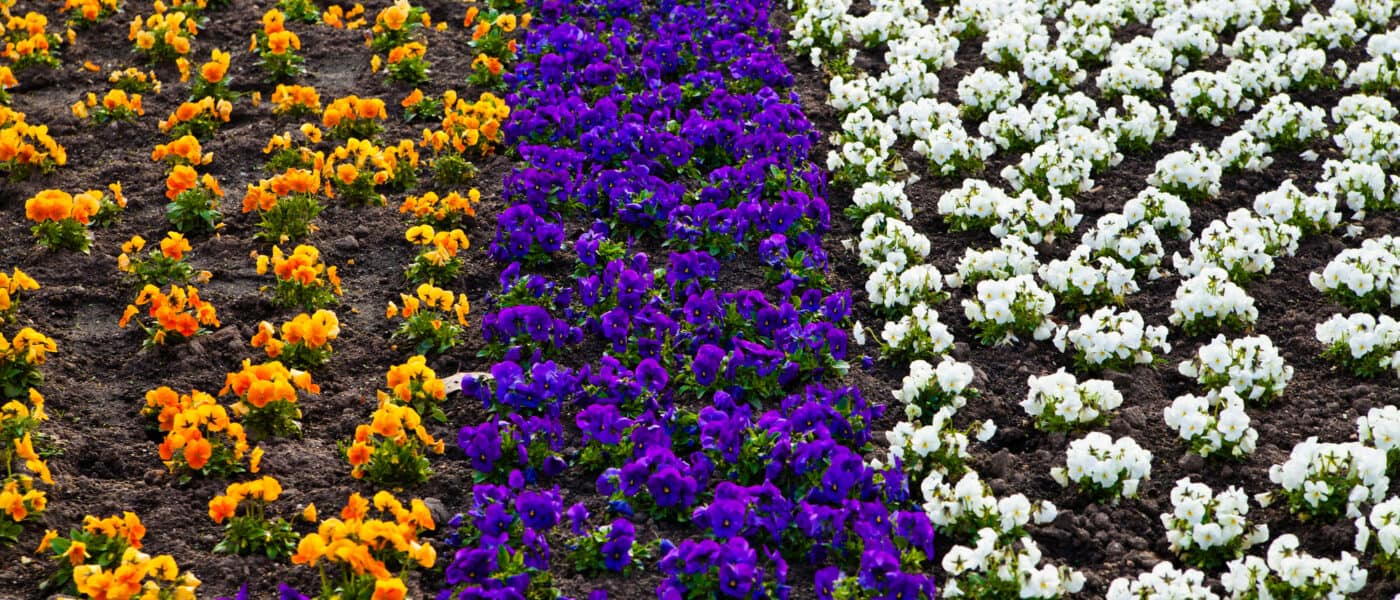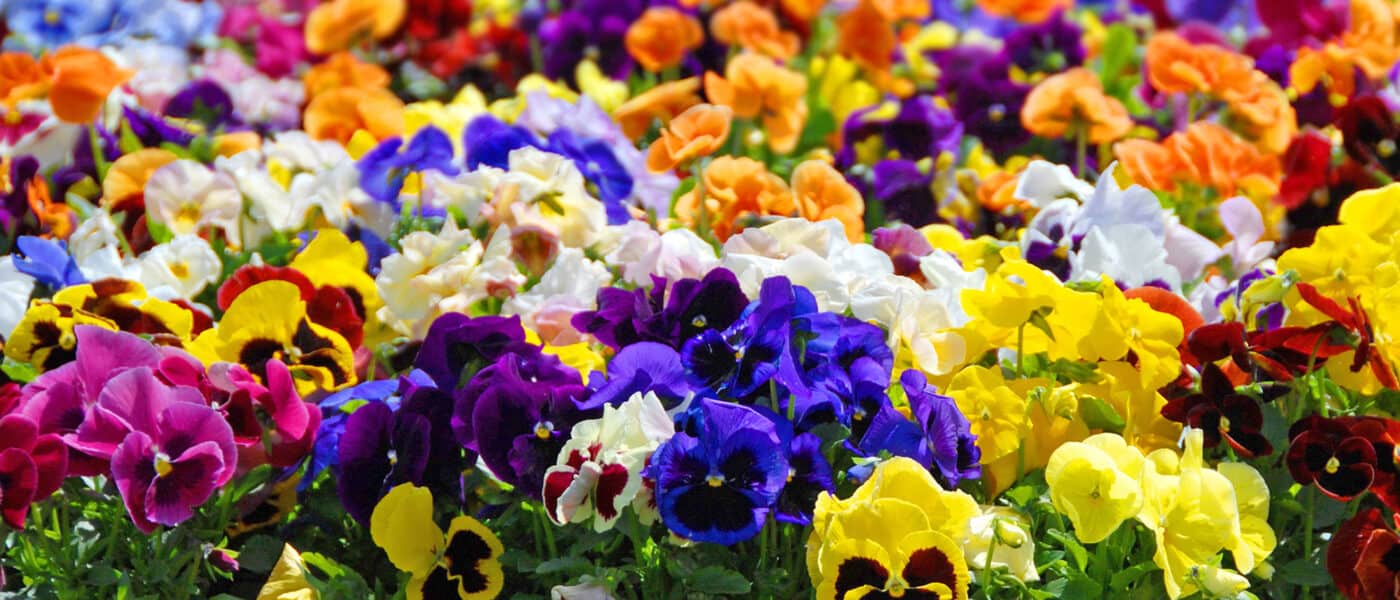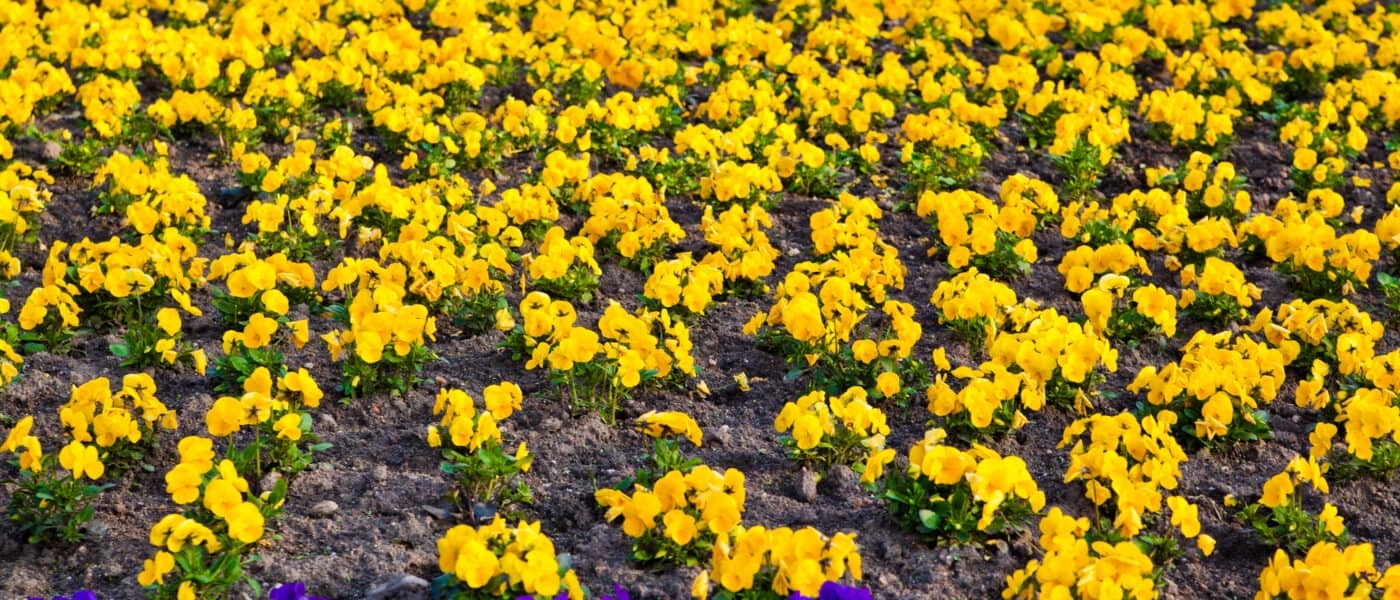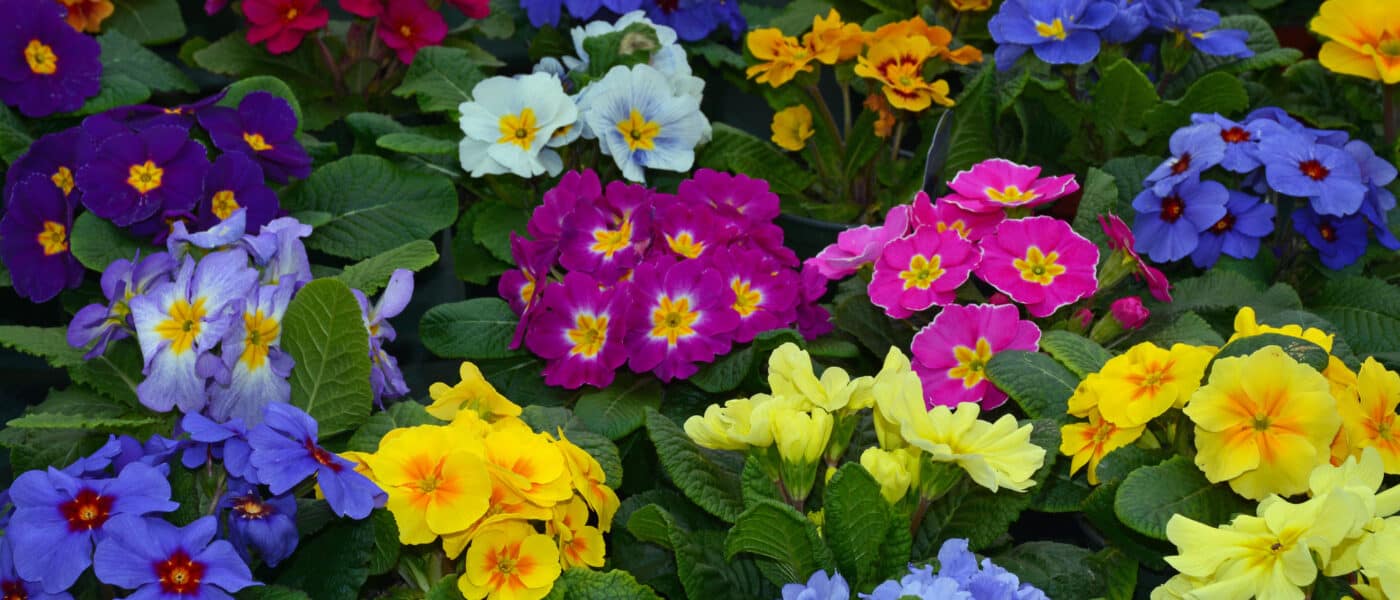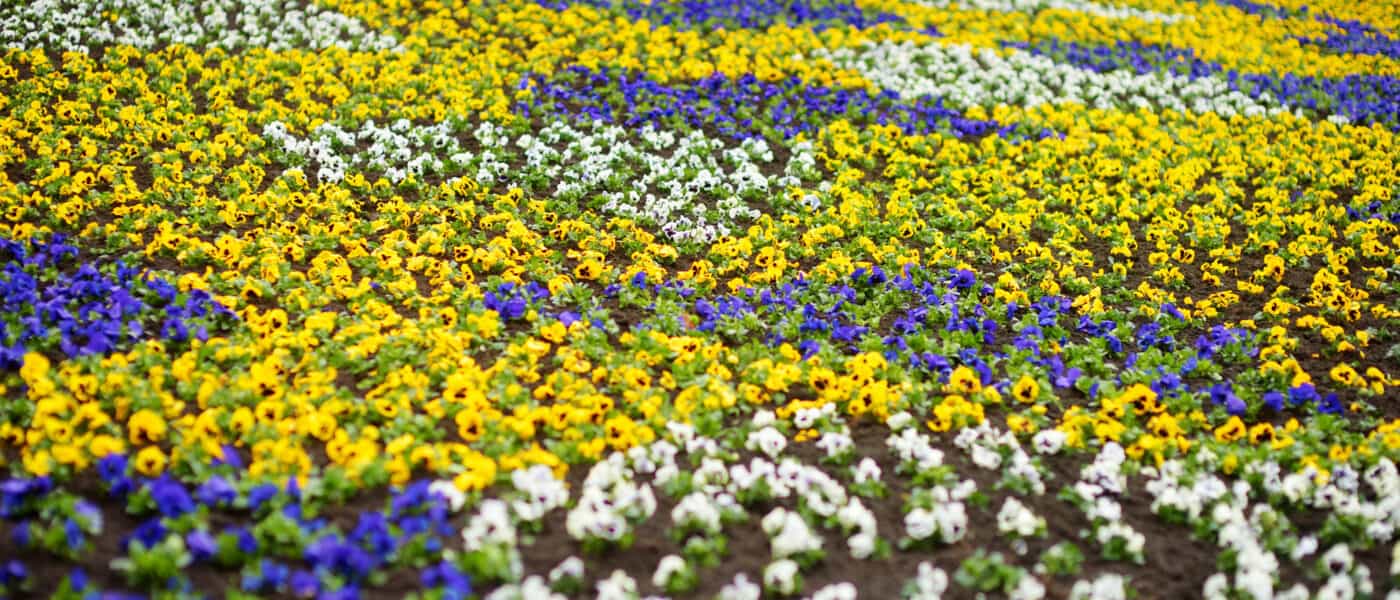 Veldkamp’s Garden Center
Veldkamp’s Garden Center
Pansies
Pansies are one of the most popular flowers for spring. Their versatile blooms come in a variety of shapes and colors, and they’re easy to care for—which is why they’re a great choice for first-time gardeners or busy people who want to add a little bit of color to their lives without having to put too much effort into it.
Pansies grow best in full sun and moist, well-drained soil. They’re hardy enough that you can plant them directly into the ground in spring or fall, but if you live in an area where there’s a lot of winter frost (for example, northern states), it’s better to start them indoors six weeks before your last frost date. Once they’ve sprouted seedlings that have grown at least three sets of leaves, transplant them outside carefully so as not to disturb their roots too much.
When watering pansies, make sure the soil isn’t too dry—they’ll wilt if they don’t have enough water—but also don’t overwater them, as this can cause root rot. When the weather is warm enough, water them once per week; when it’s colder out, you may need to water less.
Pansies are one of the most popular flowers in the world—and for good reason. They’re easy to grow, they come in a wide range of colors, and they’re hardy enough to survive even in winter!
Pansies are also called “pansy flowers,” but they’re technically violas. This is because they share a common ancestor with violets, which are also known as “violet flowers.” But unlike violets, which can be found growing wild all over the world, pansies are cultivated only by humans. Pansy flowers are native to Europe and Asia, but now that we’ve been growing them for so long, it’s hard to find a place where you can’t find them.


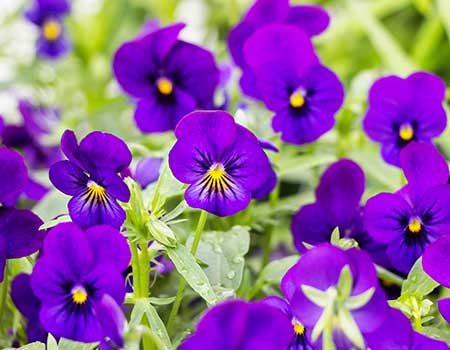
Growing and Care Recommendations
If you want to grow your own pansies at home, there are plenty of places to start. You don’t have to start from seed—you can buy plants at just about any garden center or home improvement store. Many nurseries will start their own plants from seed early in the season so that they’ll be ready when spring rolls around. The best soil for growing pansies is light and sandy (or loamy). If you have heavy clay soil or sandy soil with no organic matter added during its creation process, you will want to add some soil conditioners to enhance flower growth.
Pansies are easy to grow, and they’re a great plant for beginner gardeners. Here are some tips on how to grow your own pansies. Pansies are one of the most popular flowers to grow from seed. They are very easy to grow, and they come in a wide range of colors. In fact, there are over 200 different varieties of pansy.
If you want to plant pansies in your garden, here’s what you need to know:
– Pansies like a lot of water while they’re growing, but once they start to bloom, you should cut back on watering them unless your soil is very dry. Pansies grow best in well-drained soil that has been enriched with compost or other organic matter. You can also mix in peat moss or leaf mold if you want a richer soil.
– Pansies like full sun, but they don’t like too much heat! If you live in a warmer area, try planting them during the cooler months and protect them from strong afternoon sun with shade cloth or an umbrella.
– Water often enough so that the soil is moist but not soggy. The best time to water is early morning–this will ensure that the moisture has time to evaporate before nightfall, when temperatures drop and could cause root rot.
Best Soil for Pansies
Pansies prefer soil that’s rich in organic matter and has a neutral pH (the ideal range is 6.0–7.0). To test your soil’s pH, use a home testing kit or send it to a lab for analysis.
If your soil is not naturally acidic, add some peat moss or composted manure to boost the organic content of your soil before planting. You can also add lime if the pH of your soil is too high (above 7).
Best Moisture Conditions for Pansies
Pansies thrive in moist soil but do not tolerate standing water well; make sure you won’t overwater them by planting them in areas where rainfall will drain away from them quickly. If possible, find a location with good drainage—such as on a slope—and dig out a shallow area around each plant once it’s fully grown so it will be able to soak up rainwater without drowning itself out.


